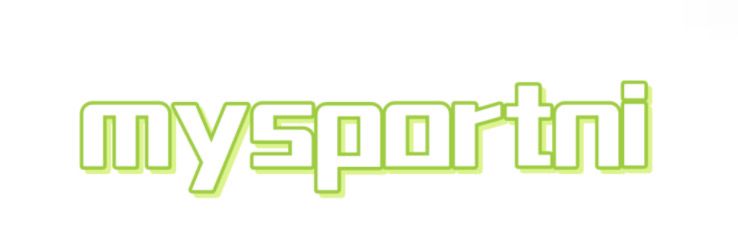clothing label types
When it comes to the world of fashion, the significance of clothing labels often goes unnoticed. However, understanding the various clothing label types can drastically impact your brand's identity, consumer trust, and ultimately your sales. A clothing label serves not only as a tag that identifies the brand but also as a resource for customers to understand the product itself.
Contact us to discuss your requirements of clothing label types. Our experienced sales team can help you identify the options that best suit your needs.
One of the most essential clothing label types is the care label. This piece of information informs customers how to properly care for their garments, detailing washing, drying, ironing, and even storing instructions. You might think, "Isn’t it just common sense?" But let’s face it—many people don’t know the best methods for taking care of specific fabrics. A clear care label can go a long way in preventing embarrassing shrinkage or fabric damage, saving your customers from potential frustration. So, you should ensure that your care labels are comprehensive and user-friendly.
Another important category is the brand label. This is what most people recognize—the name and logo of your clothing line. It acts as a first impression and can make a lasting impact. Brands like Nike or Chanel have invested significantly in their labels, creating a level of prestige and recognition. If you’re marketing your own brand, you can consider collaborating with a professional designer to develop a visually appealing label that conveys the essence of your brand identity.
There's also the content label, which provides information about the materials used in the product. Knowing whether a shirt is made of 100% cotton or a cotton-polyester blend can help consumers make informed purchasing decisions. You should aim to include not only the fiber content but also details about sourcing—like whether the materials are organic or sustainably produced. This not only assists customers in choosing what aligns with their values but also positions your brand favorably in an increasingly conscious market.
The sizing label is yet another crucial clothing label type. Properly labeled sizes can reduce returns and increase customer satisfaction. Ensure you are using standardized sizing terms and consider including a sizing chart on your website. When consumers see clear, straightforward sizing information, it builds trust in your brand.
Let’s not overlook regulatory labels, which can sometimes seem like a burden. However, ensuring compliance with regulations can protect your brand from potential legal issues. You should familiarize yourself with local and international labeling laws. This will not only safeguard you but also ensure that customers feel secure purchasing from your brand.
In addition to these practical categories, consider adding an inspirational label or a story that reflects your brand’s values. This can forge a deeper emotional connection with your customers. For example, you might include a brief narrative about how the products are made or the artisans behind them. This personal touch can enhance customer loyalty and encourage word-of-mouth referrals.
In summary, understanding the nuances of clothing label types is vital for anyone involved in the fashion industry. These labels serve multiple purposes—from informing customers about product care to solidifying brand identity. As you navigate the intricacies of labeling, keep in mind the importance of clarity, compliance, and emotional connection. Feeling free to experiment and evolve your labels can also lead to better customer engagement and satisfaction. So, consider these elements thoughtfully as they can significantly shape your brand's presence in the competitive clothing market.
For more best clothing labels for kidsinformation, please contact us. We will provide professional answers.


